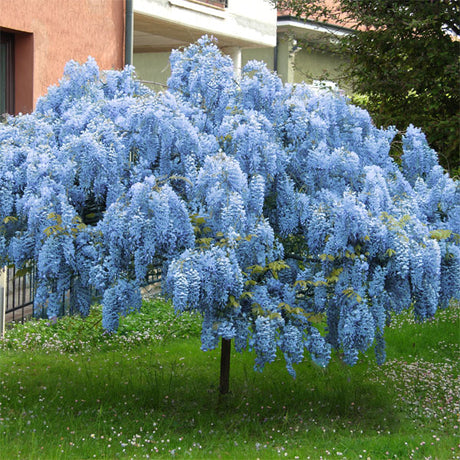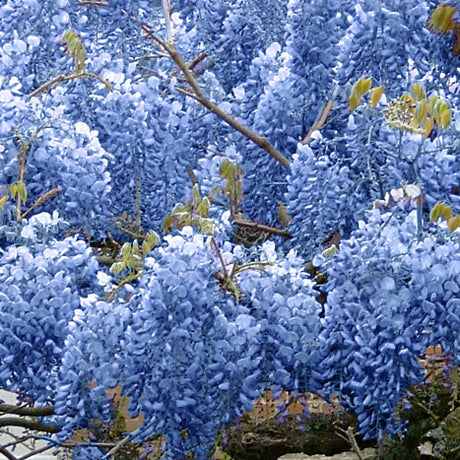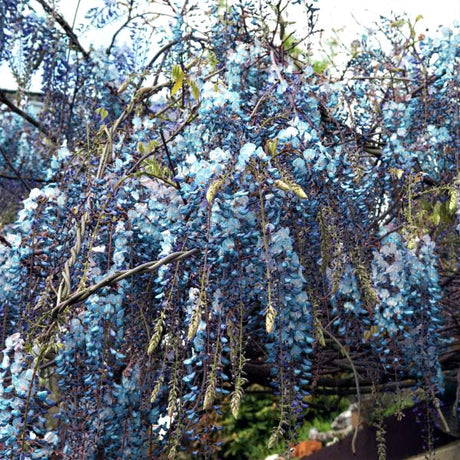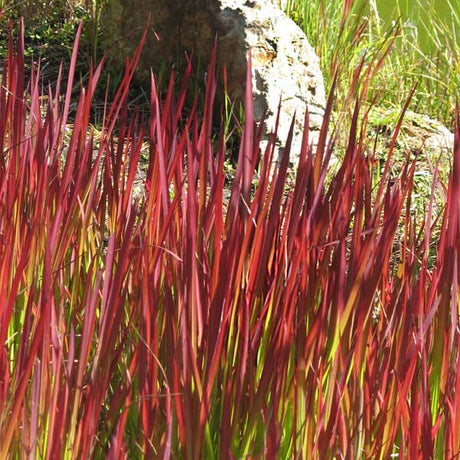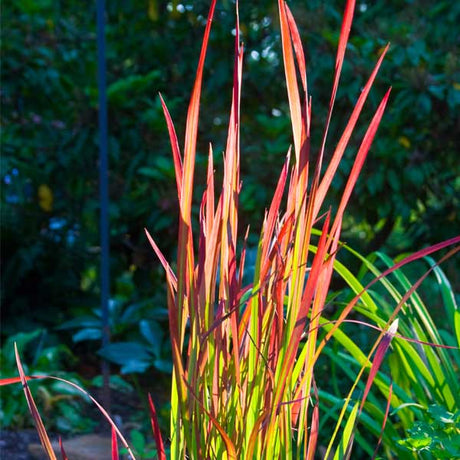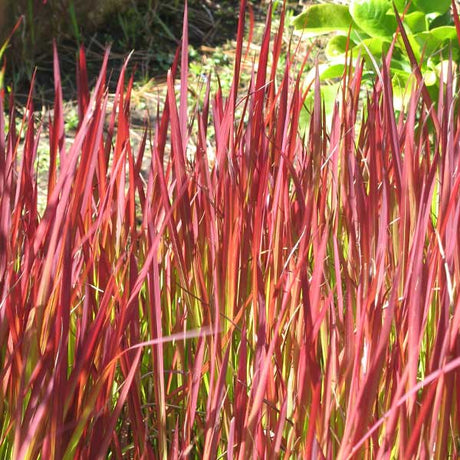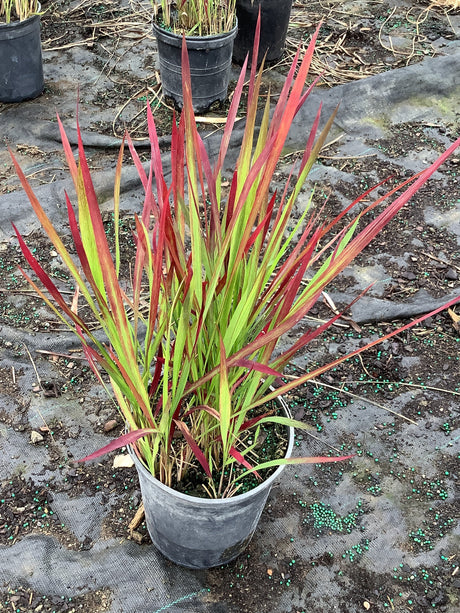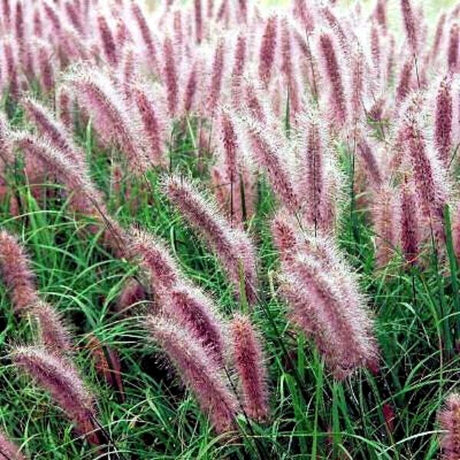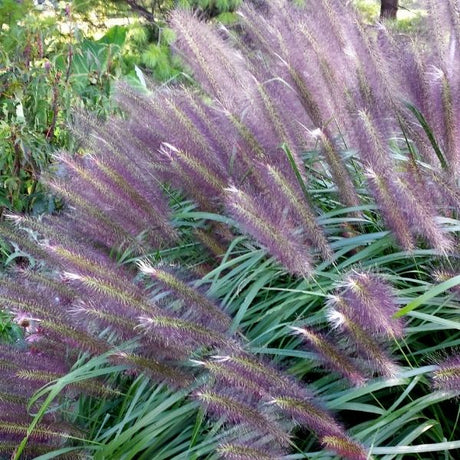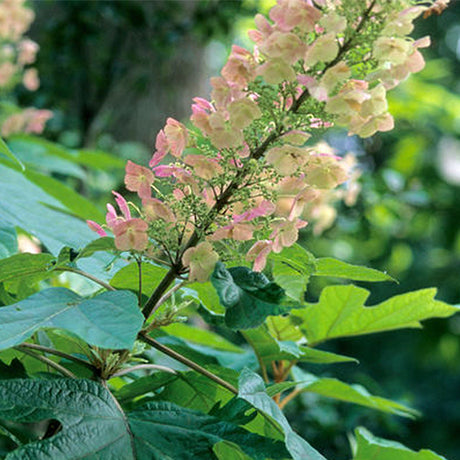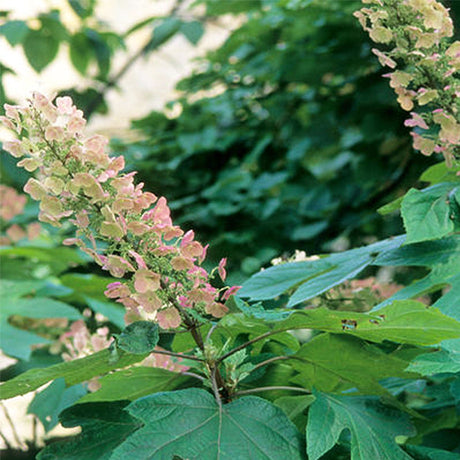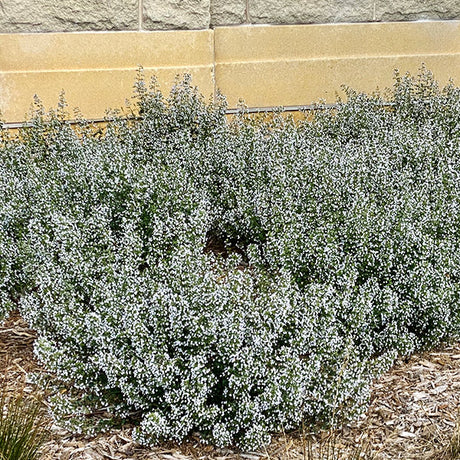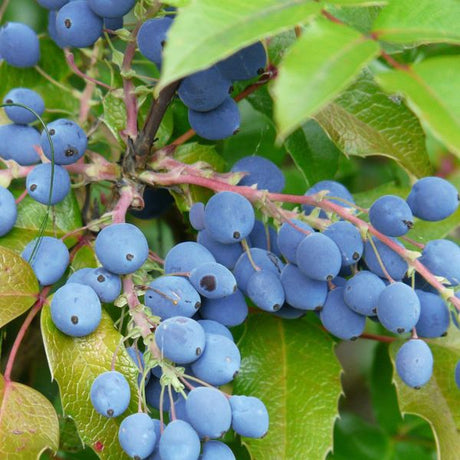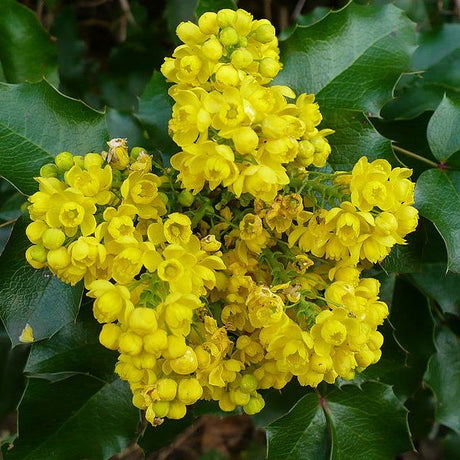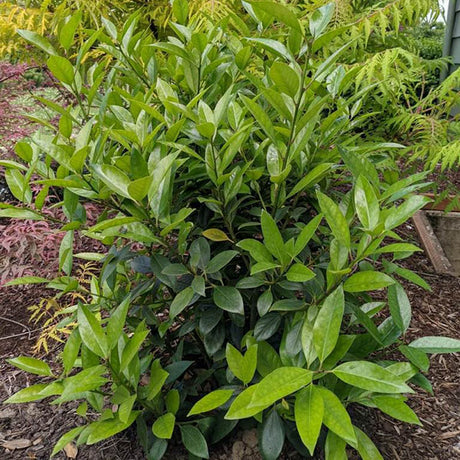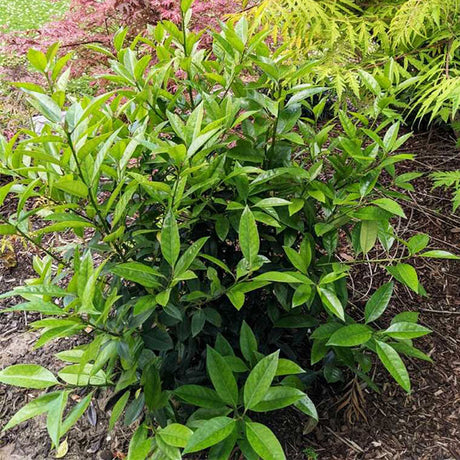It's Pollinator Week, everybody! That means it's the perfect time to highlight the importance of pollinators and share some favorite plants that attract bees, butterflies, and hummingbirds to your garden.
Looking to create a full-blown Butterfly Garden to support local pollinators? Or maybe you just want to add a few native pollinator plants that attract beneficial insects to your vegetable beds? You're in the right place.
Why Pollinator-Friendly Gardens Matter
About 13 years ago, the U.S. Senate officially designated one week in June as National Pollinator Week to raise awareness about the decline of pollinator populations. It's now celebrated around the globe!
Why the buzz?
Because without pollination, there's no plant reproduction and that means fewer flowers, fruits, and vegetables. Pollination keeps ecosystems thriving, supports food production, purifies air and water, and even prevents soil erosion.
Did you know that one-third of the world's food supply depends on pollinators? Or that nearly 75% of flowering plants rely on insects and animals for pollination? That's reason enough to grow your own pollinator-friendly garden!
Shop bird, butterfly, and pollinator plants at Nature Hills Nursery to find the best nectar-rich blooms that support biodiversity and add stunning color to your landscape.

Plants That Make Pollinators Happy
Pollinators are drawn to different flower shapes, colors, and scents:
-
Butterflies love flat, open flowers like Neon Flash Spirea (Spiraea japonica 'Neon Flash') that give them a place to rest.
-
Bees can't resist sweetly scented blooms such as Roses or spring Flower Bulbs.
- Hummingbirds prefer tubular blooms from shrubs like Weigela.
Learn even more about creating a Butterfly Flower Garden in our blog on bringing butterflies and beneficial insects.
Boost Fruit and Vegetable Yields with Nectar Plants
Homegrown produce depends heavily on pollinators. Many fruit and vegetable plants can't self-pollinate, which means insects must transfer pollen between flowers to produce fruit.
If your garden isn't yielding well, it could be due to poor pollination caused by cold, dry, or windy conditions. Planting nectar-rich flowers and shrubs helps attract bees, butterflies, and other insects that ensure good fruit set and larger harvests.
Planting a few pollinator favorites near your vegetables is an easy way to boost your edible landscape yields naturally!

Pollinator-Favorite Plants from Nature Hills
Perennials
- Vibrant blue and purple flowering perennials like Bee Balm (Monarda) are pollinator magnets with long blooming seasons. Mix them with white varieties for eye-catching contrast.
- Spring-blooming perennials provide early nectar sources that feed hungry bees and butterflies emerging after winter.
- Add yellow and orange perennials for bright color that beckons Monarchs and bumblebees to your beds, borders, and hanging baskets.
Roses
- Rugosa Roses are durable, fragrant, and beloved by pollinators.
- Fragrant Roses act like candy for bees, while Pink Roses and Yellow Roses add bright, bee-friendly color.
Shrubs
- Viburnum Shrubs offer flat-topped clusters of blooms that pollinators adore and produce berries that attract birds.
- Flowering Shrubs bring both structure and pollinator appeal.
- Try a Perfecta Trifecta Butterfly Bush (Buddleia davidii BUZZ 'Sky Blue', 'Hot Raspberry', and 'Ivory') to create a fragrant, colorful haven for butterflies.
Trees
Linden Trees charm with heart-shaped, fragrant blooms that bees love, while the Eastern Redbud Tree (Cercis canadensis) bursts with early spring color and supports native pollinators.

Fascinating Pollination Facts
Pollination is the movement of pollen from a flower's male stamen to a female stigma, sometimes by wind or water, but most often by animal visitors.
There are over 200,000 pollinating species worldwide, including bees, butterflies, beetles, birds, bats, and small mammals. Bees top the list as the most vital pollinators.
Pollinators support:
- 75-95% of all flowering plants
- 1,200+ crop species
- Half the world's fibers, oils, and raw materials
They even add an estimated $217 billion to the global economy, with honeybees contributing nearly $5.4 billion annually.
Sadly, pollinator populations are declining due to habitat loss, pollution, pesticides, and climate change. You can help by planting diverse flowers, shrubs, and trees to create safe habitats for these essential creatures.
For more ideas, check out Gardeners Path's guide on attracting pollinators.
Bee the Change
Pollinators make the world bloom and your garden thrive. Celebrate Pollinator Week by adding more nectar plants, avoiding harmful chemicals, and letting your garden grow a little wild.
Happy Pollinator Week and Happy Planting!


